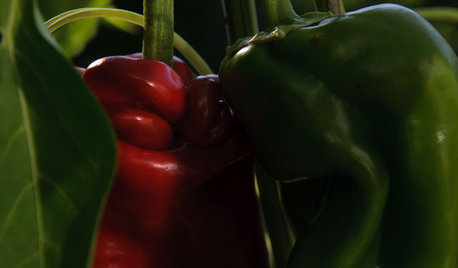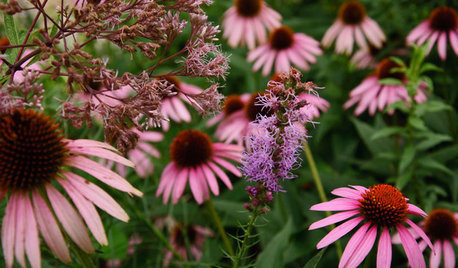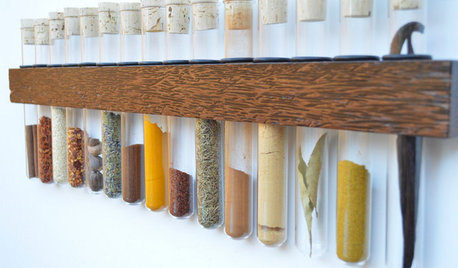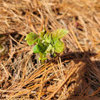peppers
fnkyhd
10 years ago
Related Stories

GARDENING GUIDESSummer Crops: How to Grow Peppers
Some like 'em hot; others like them sweet. With the incredible range of peppers available for home gardens, you can have your pick
Full Story
SHOP HOUZZShop Houzz: Like Salt and Pepper
Cute and kitschy ways to say ‘I love you’ with themed salt and pepper shakers
Full Story
TRADITIONAL ARCHITECTURESaltbox Houses Pleasingly Pepper Landscapes
Refreshingly basic silhouettes and materials make saltboxes a simple architectural pleasure
Full Story
DECORATING GUIDESDesign Details: Pepper a Space with Poufs
Keep Cushy Seats On Hand for Unexpected Guests and Casual-Chic Style
Full Story
GARDENING GUIDESGreat Lakes Gardener's August Checklist
Pick the peppers and drink in the scent of lilies this month, while you mull over a mowing strip to make fall gardening easier
Full Story
BLACKCooking With Color: When to Use Black in the Kitchen
Consider sampling Caviar or Cracked Pepper on your kitchen walls or cabinets for richness and impact
Full Story
SHOP HOUZZShop Houzz: Sweet and Spicy
Cooking is sweeter once you organize your pepper, salt and paprika the stylish way
Full Story0

HOUZZ TOURSMy Houzz: Natural, Autumnal Cabin Style in California
Rich seasonal hues and rustic decor and materials create an inspiring home for an Ojai, California, color consultant
Full Story
FARM YOUR YARDHow to Grow Vegetables in Containers
Get glorious vegetables and fruits on your patio with a pro’s guidance — including his personal recipe for potting mix
Full Story
GARDENING AND LANDSCAPINGWorld of Design: 10 Home Gardeners Show Us Their Sweet Summer Harvests
From New York to Tokyo, these gardeners have turned their yards, terraces and rooftops into places of bounty
Full Story






ltilton
fnkyhdOriginal Author
Related Professionals
Oconomowoc Landscape Architects & Landscape Designers · Wheeling Landscape Architects & Landscape Designers · Concord Landscape Contractors · Americus Landscape Contractors · Bedford Landscape Contractors · Brookfield Landscape Contractors · Mission Landscape Contractors · Overland Park Landscape Contractors · Pleasant Prairie Landscape Contractors · Tewksbury Landscape Contractors · Vashon Landscape Contractors · Wilsonville Landscape Contractors · East Norriton Landscape Contractors · Oceanside Driveway Installation & Maintenance · New Bedford Driveway Installation & MaintenanceMark
nc_crn
seysonn
nc_crn
nc_crn
fnkyhdOriginal Author
Mark
nc_crn
Mark
nc_crn
nc_crn
zzackey
Mark
nc_crn
Mark
nc_crn
soilent_green
zeedman Zone 5 Wisconsin
soilent_green
Mark
zeedman Zone 5 Wisconsin
theforgottenone1013 (SE MI zone 5b/6a)
Donna
nc_crn
Donna